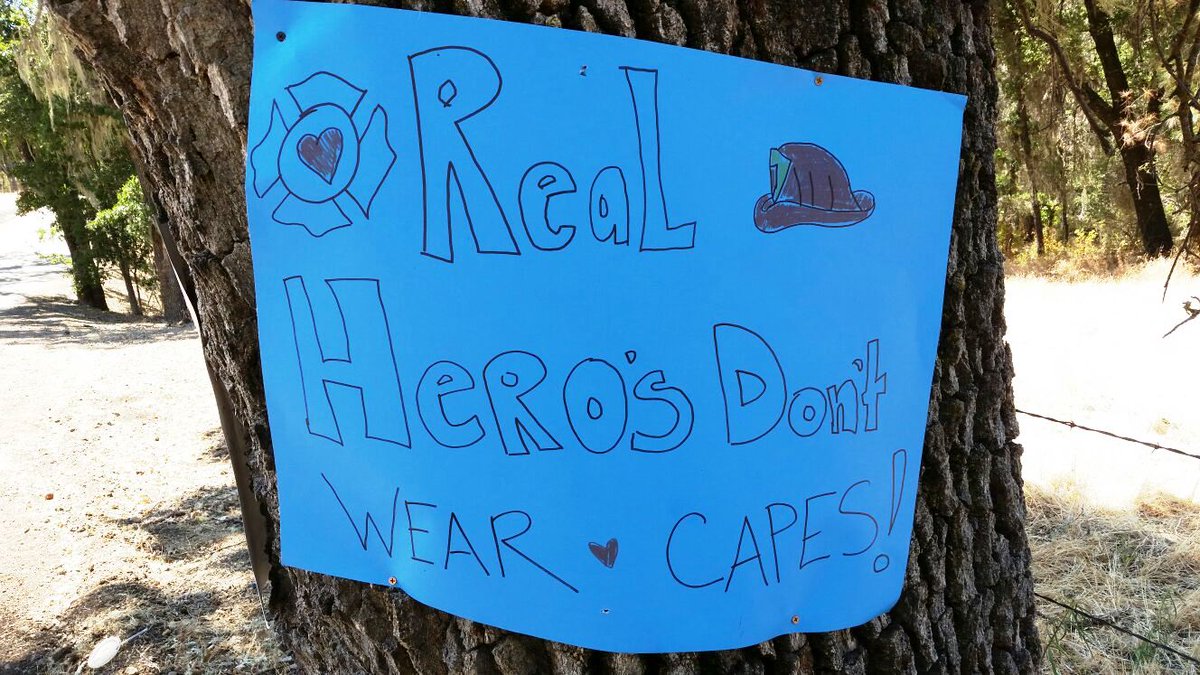
A dispatcher or incident commander on a large-scale incident can provide turn-by-turn directions in remote or unfamiliar areas if needed, increasing the efficiency of any response.Īnd that visibility using real-time GPS and AVL technology helps CAL FIRE achieve its overarching goal: to increase the safety for responders and the people they protect. The application can also run on tablets and other devices.) The communications center can now see exactly where responding vehicles are instead of guessing where they might be within their assigned service area, allowing dispatchers to send the closest available unit every time.īeyond knowing exactly where a vehicle is at the time of dispatch, the ability to track a vehicle as they respond through urban, suburban and rural environments on the vehicle location system, is invaluable, according to CAL FIRE. Patriot All-In-One MDC | Side Profile | User Interface | BackĪs a CAL FIRE vehicle drives through an area, the system automatically finds a connection with 4G when 4G is not available, the application (IQ Mobile) running on the mobile data computer (MDC) intelligently connects through the narrowband system or via satellite as a last option to always maintain data connectivity to the dispatch center.

Then CAL FIRE discovered RadioMobile, a San Diego-based company whose clients include Los Angeles Fire Department and Los Angeles County Fire Department. The SolutionĬAL FIRE researched countless technology options, but kept running into walls, including inflexible contract rules and an overall inability to provide a total solution for their connectivity and location accuracy needs. But with careful planning, a clear strategy and customized technology, CAL FIRE is solving both needs. To some, those goals may have seemed like searching for a unicorn. Equip all frontline vehicles with automatic vehicle location (AVL) technology that functions in all 31 million acres of service area. Create seamless communications connectivity for their entire fleet of fire apparatus.Ģ. To overcome those obstacles, CAL FIRE set out to increase operational efficiency, safety, and connectivity in two ways:ġ. One area might have great 4G coverage, while another is so remote that cellular communication is impossible.


The 812 fire stations operated by CAL FIRE are organized in 21 administrative units that each have their own computer-aided dispatch (CAD) system and connectivity challenges. In addition to those responsibilities, CAL FIRE’s thousands of firefighters provide all-hazard emergency services-responding to medical emergencies, auto accidents, hazmat incidents and more-in 36 of the state’s 58 counties. Better known as CAL FIRE, the agency provides fire protection services across more than 31 million acres of privately-owned wildlands in the nation’s most populous state. The California Department of Forestry & Fire Protection is not your typical fire department.


 0 kommentar(er)
0 kommentar(er)
